Vietnamese desserts offer a delightful combination of flavors and textures, drawing inspiration from the country's rich culinary heritage and diverse ingredients. Che, a popular dessert soup, features a variety of ingredients like beans, fruits, jelly, and coconut milk, creating a refreshing and sweet treat. Banh Flan, a Vietnamese version of caramel custard, is a creamy delight topped with caramel sauce. Other favorites include Banh Pia, flaky pastry filled with sweet bean paste, and Banh Chuoi, a comforting banana cake. These desserts showcase Vietnam's love for simplicity, freshness, and the balance of sweet and savory flavors, delighting palates across the country.
Crème caramel
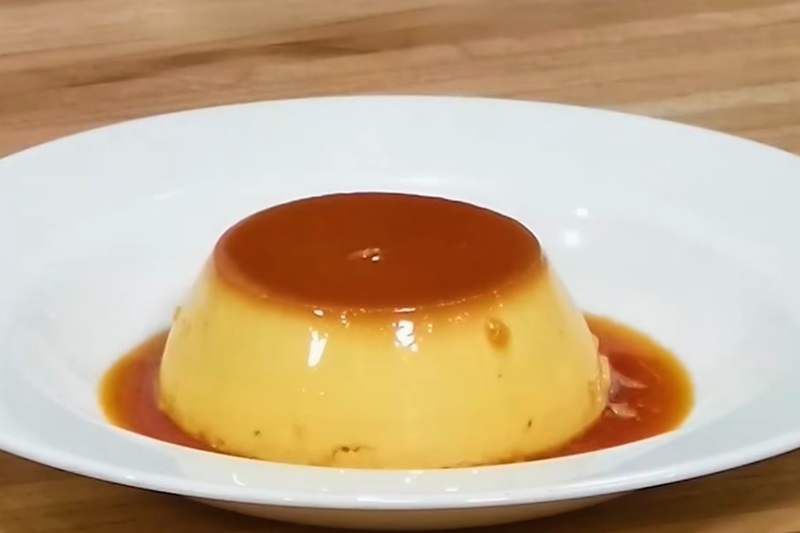
The French introduced crème caramel, a popular dessert in Vietnam known locally as caramen or kem caramel in the north, and bánh flan or kem flan in the south. Creative variations abound, such as drizzling black coffee over the sweet treat or elevating the caramelization process for a richer, more bitter "burnt caramel" flavor. This delectable adaptation showcases the blending of French influence with Vietnamese culinary ingenuity, adding unique twists to the beloved classic crème caramel.
Cendol
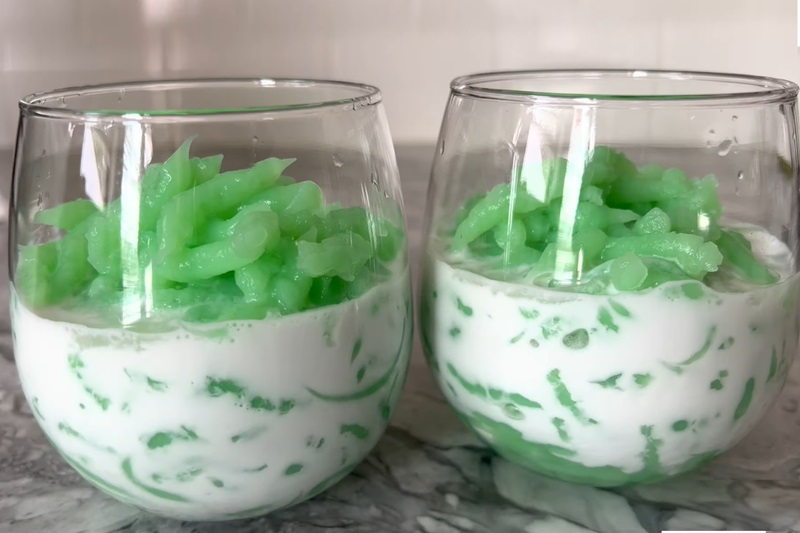
An iced sweet dessert, Cendol consists of a combination of ingredients such as green jelly noodles, coconut milk, palm sugar, and shaved ice. The green jelly noodles are made from rice flour and pandan leaves, giving them a vibrant green color and a distinct pandan aroma. These jelly noodles are then mixed with palm sugar syrup, which adds a rich and caramel-like sweetness to the dish. To complete the Cendol dessert, a generous amount of coconut milk is added on top of the jelly noodles and shaved ice, creating a creamy and indulgent texture. The combination of the cool shaved ice, sweet palm sugar syrup, and creamy coconut milk makes Cendol a perfect treat to beat the heat in Vietnam's tropical climate. Cendol is not only delicious but also visually appealing, with its colorful layers and contrasting textures.
Mango sticky rice
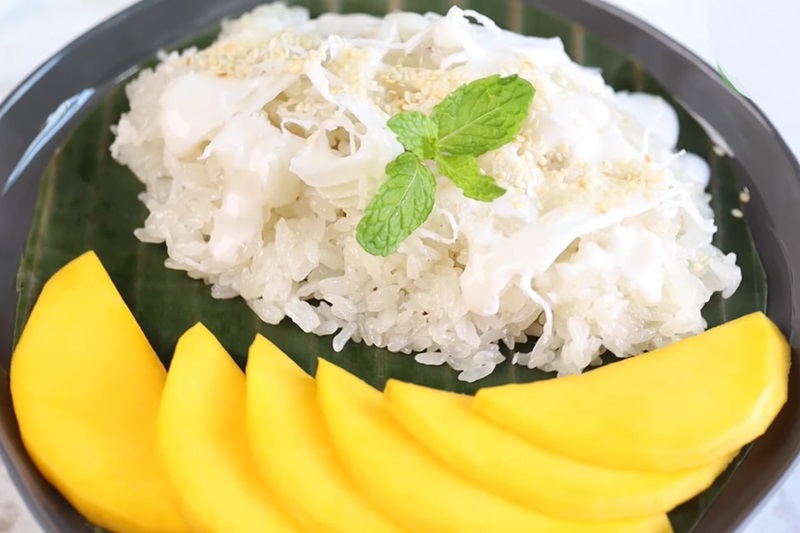
Mango sticky rice is a popular and delightful Vietnamese dessert that combines the sweetness of ripe mangoes with the rich and creamy texture of sticky rice. Desserts featuring sticky rice in Vietnamese cuisine commonly incorporate the delightful sweetness of palm sugar or jaggery, complemented by the richness of coconut milk and the texture of coconut flakes. These delectable treats are often wrapped in banana leaves, then either steamed or placed in bamboo and roasted over an open fire, as seen in the popular dish sticky rice in bamboo. The key components include glutinous rice, either canned or fresh coconut milk, a touch of salt, palm sugar, and the addition of succulent mangoes, resulting in a harmonious blend of flavors and textures unique to Vietnamese culinary traditions.
Bánh ít Nhân Dừa
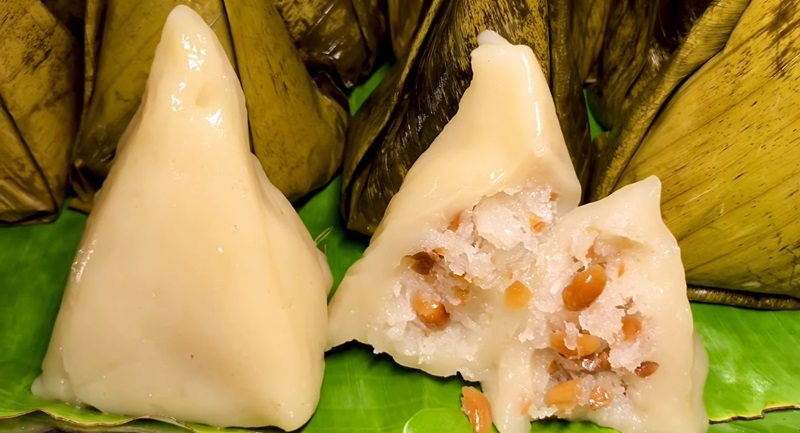
Bánh ít nhân dừa is a traditional Vietnamese dessert that is loved for its delicate flavors and unique texture. This delightful dish consists of small, sticky rice balls filled with a sweet coconut filling. The outer layer is made from glutinous rice flour, giving it a chewy and slightly sticky texture. The filling, made from grated coconut mixed with sugar, adds a creamy and fragrant sweetness to the dessert. To make bánh ít nhân dừa, the glutinous rice flour is mixed with water to form a smooth dough, which is then shaped into small balls. These balls are then flattened and filled with the coconut mixture before being steamed until cooked. The result is a delectable dessert that is both visually appealing and delicious. Bánh ít nhân dừa is often enjoyed as a snack or dessert, and it is commonly served during special occasions or festivals in Vietnam. The combination of the sticky rice and sweet coconut filling creates a delightful contrast of textures and flavors that is sure to satisfy any sweet tooth.
Chè
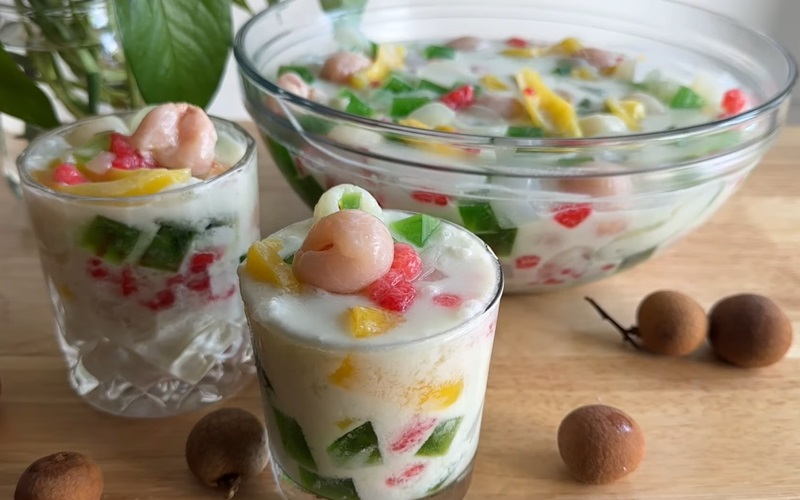
"Chè" in Vietnamese cuisine encompasses a diverse array of traditional sweet beverages, dessert soups, stews, and puddings. This delightful category features a wide range of dessert soups and puddings incorporating ingredients like mung beans, black-eyed peas, tapioca, various fruits, coconut cream, and more. Some versions, like chè trôi nước, may even include dumplings. Sweetening is achieved with sugar, and in southern Vietnam, coconut cream is a common garnish. Whether enjoyed hot or cold, with a spoon or sipped from a glass, each variation of chè is uniquely named, often denoting its key ingredients, such as chè đậu đỏ.
Banana Cake
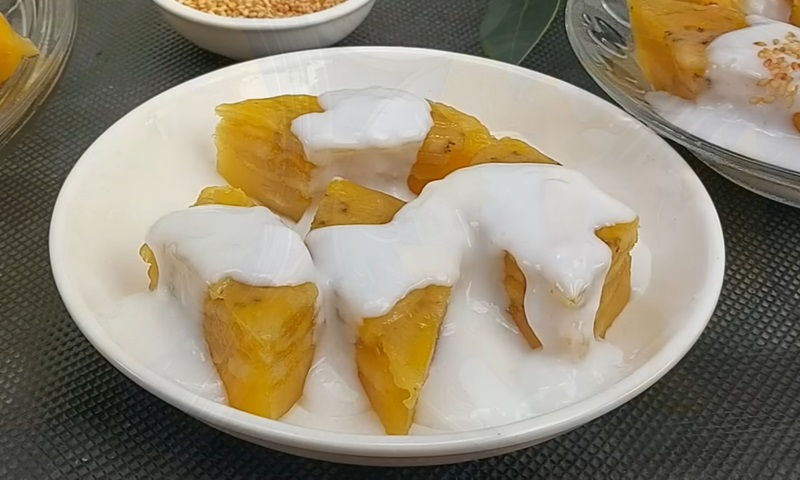
Banana cake is a popular Vietnamese dessert that is loved for its moist and fluffy texture, combined with the sweet and fragrant flavor of ripe bananas. This delightful treat is made by combining mashed bananas with a simple batter, typically consisting of flour, sugar, eggs, butter, and a pinch of salt. The preparation process involves mashing the bananas until they are smooth and creamy, then incorporating them into the batter mixture. The resulting cake batter is then poured into a greased baking dish and baked until golden brown and fragrant. Some variations of this dessert might include the addition of nuts, such as walnuts or pecans, to add a crunchy texture and enhance the overall flavor profile. The inclusion of nuts, such as walnuts and macadamias, in both the batter and as toppings enhances the richness and texture of the cake. This combination not only satisfies the sweet tooth but also adds a nutty crunch that complements the luscious blend of chocolate and banana.
Pâté Chaud
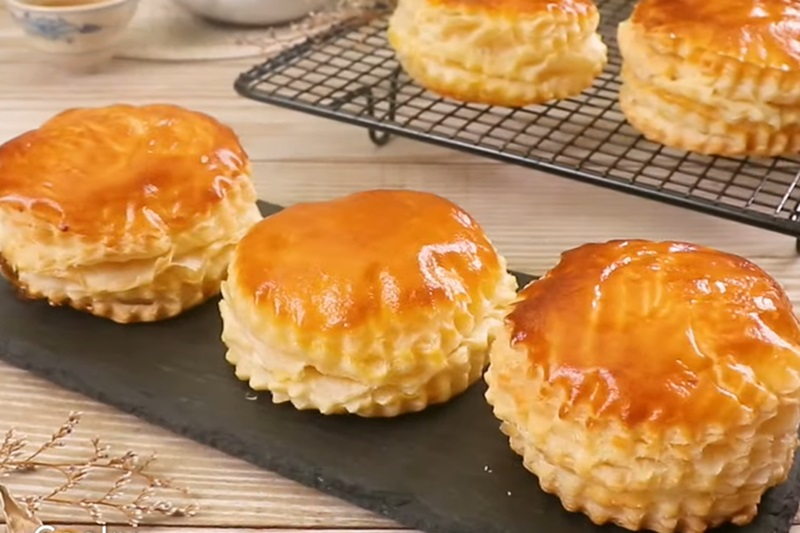
Pâté chaud, also known as patê sô, is a Vietnamese savory puff pastry featuring a light, layered, and flaky exterior encasing a flavorful meat filling. Traditionally made with ground pork, variations now include chicken and beef. Inspired by French culinary influences during the colonial era, this pastry has become a staple in Vietnamese bakeries worldwide, akin to the Haitian patty. The name "pâté chaud" originated from French colonial Vietnam, where the masculine noun "pâté" combined with "chaud" (hot) referred to a "hot pie." Although modern French usage has evolved, with "pâté" now denoting a mixture of finely chopped meat, the Vietnamese bánh patê sô aligns more closely with the term "pâté en croûte," indicating a "mixture of meat in crust."
Bánh Rán
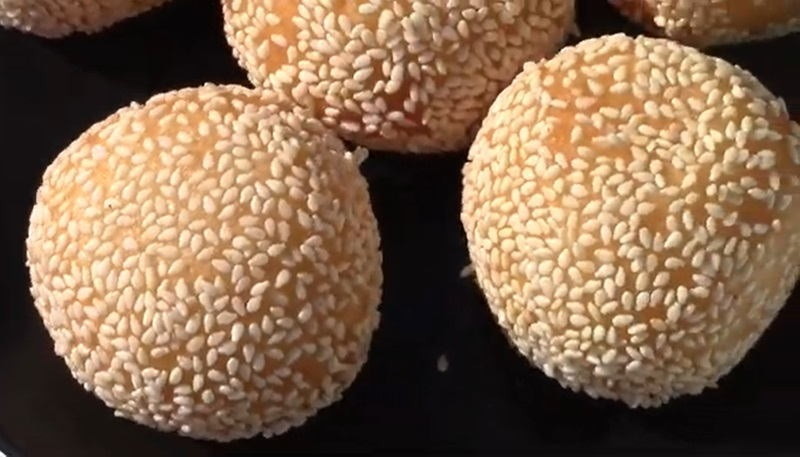
Bánh rán, originating from northern Vietnam, is a delectable Vietnamese treat—a deep-fried glutinous rice ball. In Vietnamese, "bánh" encompasses various foods like cakes and pastries, while "rán" means "fried." The outer layer is skillfully made from glutinous rice flour, often adorned with white sesame seeds. Its filling features sweetened mung bean paste infused with the essence of jasmine flowers. Traditionally, the deliberate separation of the filling from the shell creates a distinctive rattling sensation when the bánh rán is shaken. In southern Vietnam, a similar dish called bánh cam closely resembles bánh rán but lacks jasmine essence, and its filling need not be separated. Furthermore, northern bánh rán is traditionally served with a sugary syrup poured over the pastry.
Bánh Pía
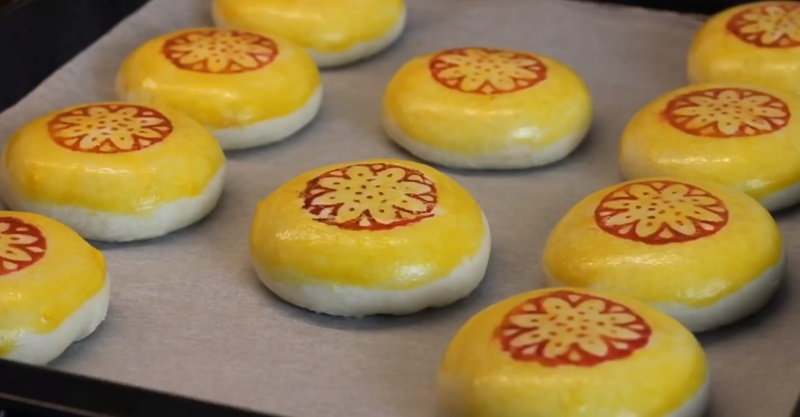
Bánh pía, occasionally spelled bánh bía, is a distinct Vietnamese pastry that traces its roots to Suzhou-style mooncakes with influences from Teochew cuisine. Its Vietnamese name, "pia," is borrowed from the Teochew term for pastry. Known as "bánh bía" in Saigon, "bánh Pía" in Sóc Trăng and Vũng Thơm, and alternatively as "bánh lột da" (peeling flakes pastry), this delicacy is recognized as "bánh bao chi" in the Bến Tre region, a term commonly used for Mochi in other parts of Vietnam. With delightful variations like shredded pork fat, durian, mung bean paste, salted egg yolk, coconut, and taro, bánh pía offers a diverse and flavorful treat.
Bánh da lợn
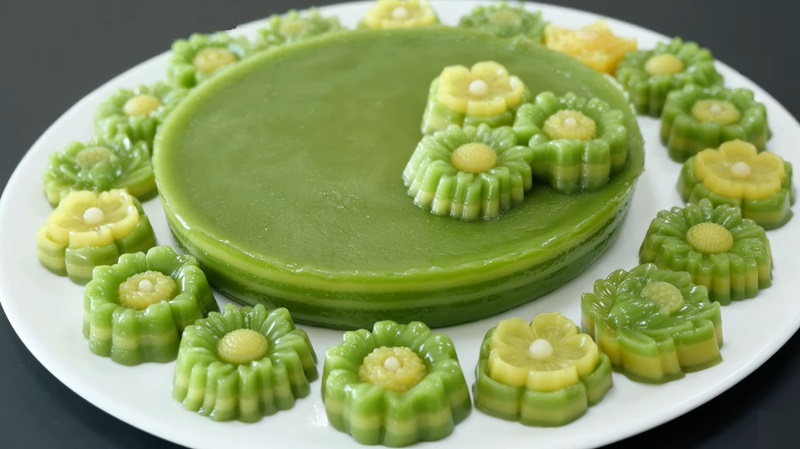
Bánh da lợn, also known as Vietnamese "pig skin cake," is a delightful dessert that is popular in Vietnam. Despite its name, this dessert does not actually contain any pig skin. Instead, it gets its name from its appearance, which resembles the texture and color of pig skin. Bánh da lợn is made from a combination of glutinous rice flour, tapioca starch, mung bean paste, and coconut milk. The batter is then steamed to create thin, translucent layers that are stacked on top of each other. The result is a visually appealing cake with alternating layers of white and green. The mung bean paste filling adds a creamy and slightly sweet flavor to the cake. Some variations of bánh da lợn include adding pandan extract to give the green layers a vibrant color and fragrant aroma. This dessert is often enjoyed during special occasions and celebrations in Vietnam.
Chè trôi nước
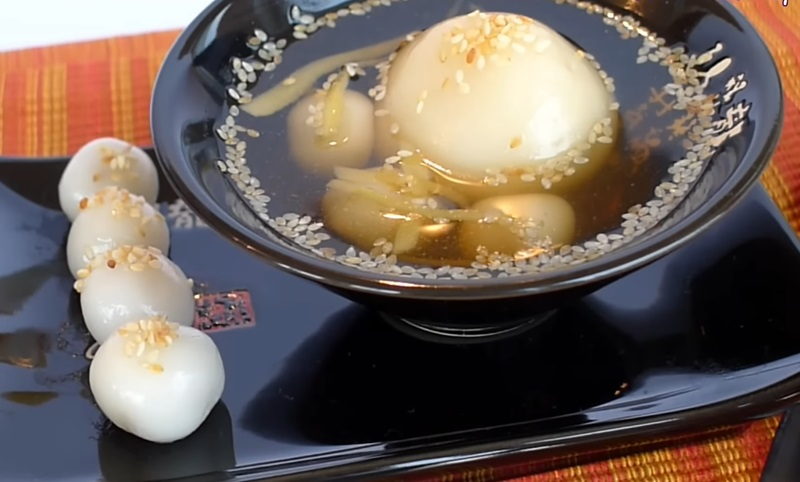
Chè trôi nước is a traditional Vietnamese dessert that is both delicious and visually appealing. It is made with glutinous rice flour and filled with a sweet mung bean paste. The name "chè trôi nước" translates to "floating dessert" because the small rice balls float in a clear, sweet soup. To prepare chè trôi nước, the glutinous rice flour is mixed with water to form a smooth dough. The dough is then rolled into small balls and filled with the sweet mung bean paste. These filled rice balls are then cooked in boiling water until they float to the surface, indicating that they are ready. The clear soup is made by simmering water with rock sugar and pandan leaves, which lend a fragrant aroma. Once the rice balls are cooked, they are transferred to a bowl and the sweet soup is poured over them. Some variations of chè trôi nước may include additional toppings such as coconut milk or sesame seeds for added flavor and texture. Chè trôi nước is often enjoyed as a dessert or snack, especially during special occasions or festivals.
Bánh đậu xanh
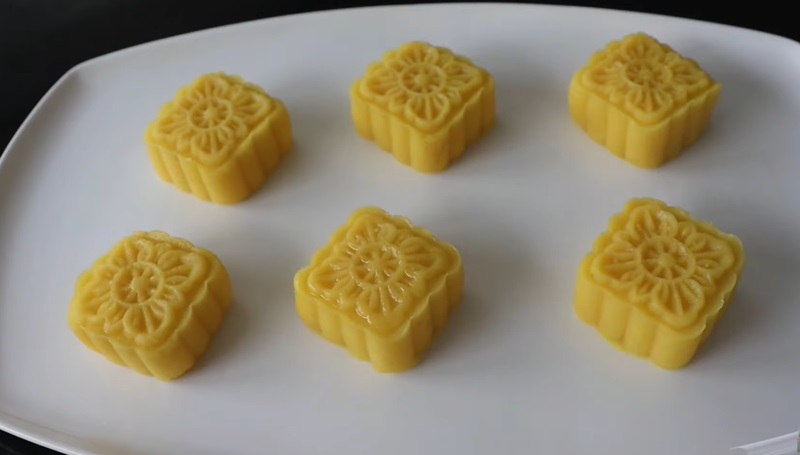
Bánh đậu xanh, also known as mung bean cake, is a delicious and popular Vietnamese dessert. Made from mung beans, this sweet treat is loved for its delicate texture and subtle flavors. To make bánh đậu xanh, the mung beans are soaked, steamed, ground into a fine paste, and mixed with sugar, rice flour, oil, and a pinch of salt. The cake is often cut into small squares or rectangular shapes before serving. Bánh đậu xanh has a smooth and creamy texture, with a hint of natural sweetness from the mung beans.
Cơm rượu
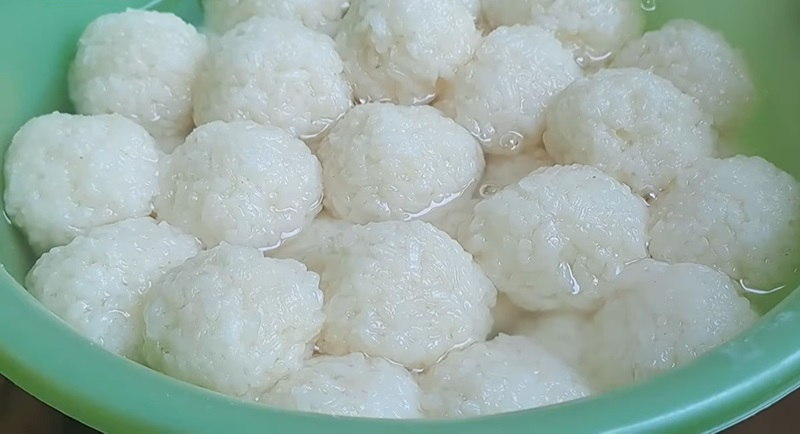
Cơm rượu is a traditional Vietnamese dessert that combines the flavors of rice and alcohol into a unique and delicious dish. This dessert is typically made by fermenting glutinous rice with yeast, creating a slightly sweet and tangy taste profile. The rice is then cooked until it becomes soft and sticky, and is often served with a variety of toppings and accompaniments. One popular way to enjoy cơm rượu is by pairing it with ripe bananas, which add a natural sweetness and creamy texture to the dish. Other toppings can include shredded coconut, sesame seeds, and roasted peanuts, which provide crunch and additional flavor. Cơm rượu is often enjoyed during festive occasions and celebrations, as it is believed to bring good luck and prosperity. It is also commonly served as a dessert after a satisfying meal.
Bánh chuối
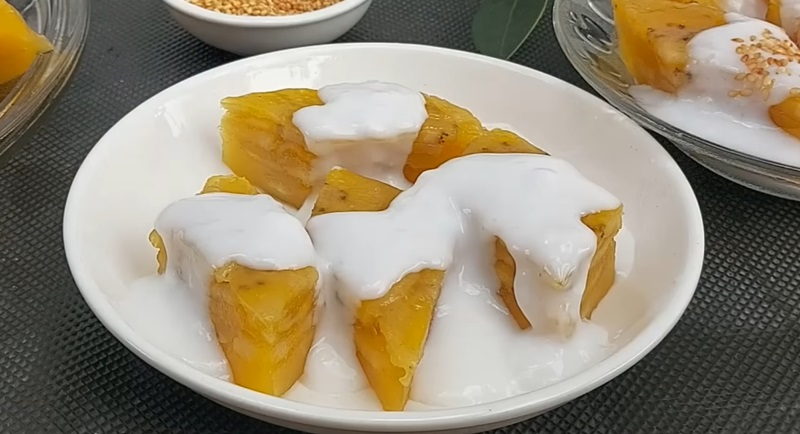
Bánh chuối is a delectable Vietnamese dessert that is sure to satisfy anyone's sweet tooth. This delightful dish features a combination of ripe bananas, sticky rice, shredded coconut, butter, sugar, and coconut milk, resulting in a rich and creamy treat. To make bánh chuối, ripe bananas are sliced and mixed with a sweet coconut milk sauce. The mixture is then layered with sticky rice and steamed to perfection. The sticky rice absorbs the coconut milk, creating a soft and chewy texture that complements the sweetness of the bananas. The flavors of bánh chuối are further enhanced by the addition of toasted sesame seeds, which add a nutty and crunchy element to the dish. This dessert is often served warm, allowing the flavors to meld together and creating a comforting and satisfying experience.
Bánh bột chiên
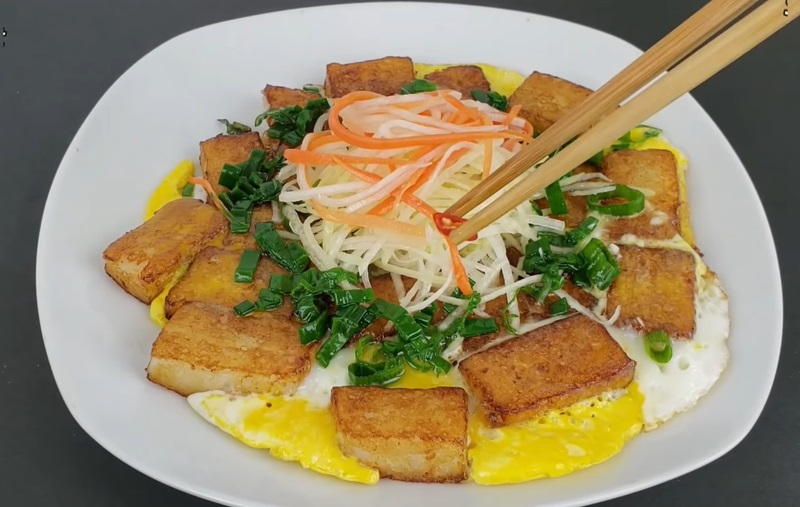
"Bánh bột chiên" or "bột chiên trúng" boasts a crispy exterior and a soft, fluffy interior. The preparation involves frying cubes of steamed rice flour cake with eggs, scallions, and various seasonings. Typically accompanied by a sweet soy and vinegar dipping sauce, along with pickled carrots and daikon, this dish marries contrasting textures and flavors. In Vietnamese, "bột" translates to "flour" or "dough," and "chiên" means "fried," literally translating to "fried dough." Originating in Hoi An around 1910, introduced by Chinese immigrants, this dish has evolved into a cherished street food delicacy enjoyed throughout Vietnam.
Bánh cốm
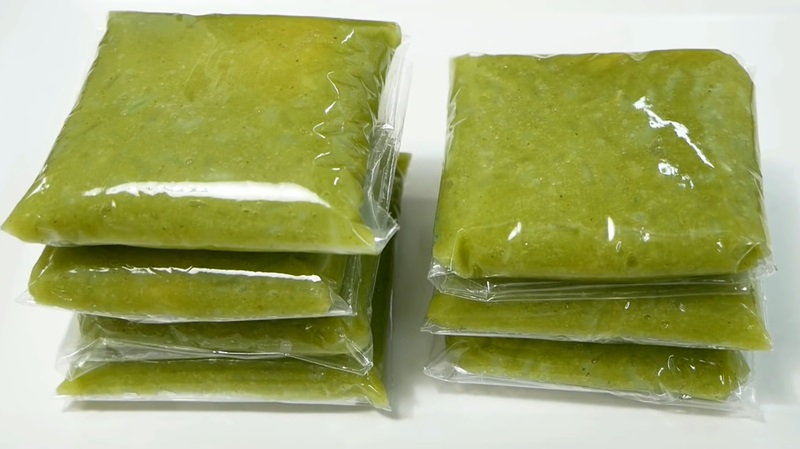
"Bánh cốm" is a distinctive green dessert originating from northern Vietnam, crafted from green sticky rice and mung beans. Within its vibrant green, sticky exterior lies a delightful surprise—a sweet mung bean paste at the center. Revered as a special treat often referred to as a "wedding cake," these green squares have become synonymous with joyous celebrations. The unique texture is achieved by processing special green sticky rice, creating a glutinous outer layer. Inside, the mung bean paste is a sweet symphony of sugar, coconut, and grapefruit juice, providing the bánh cốm with a uniquely delicious and festive flavor, making it a highlight at weddings and special occasions.
Bánh khoai mì
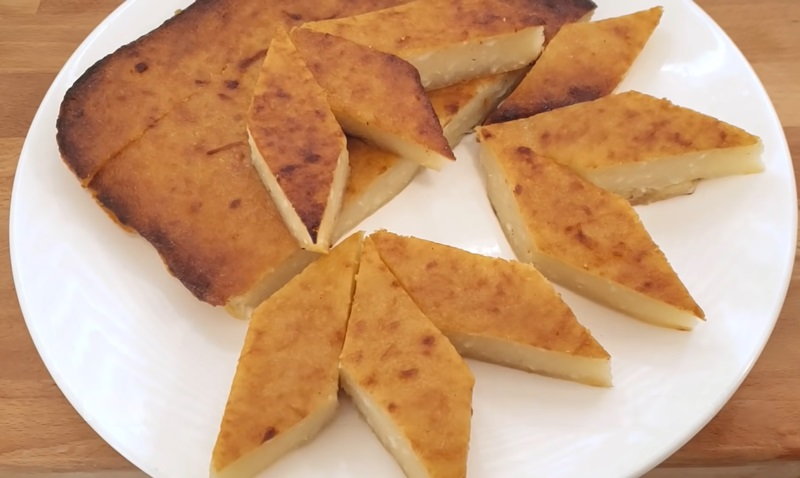
Bánh khoai mì, also known as cassava cake, is a popular Vietnamese dessert that is loved for its delicate texture and delightful sweetness. Made from grated cassava, coconut milk, and sugar, this dessert is a true indulgence for those with a sweet tooth. The preparation starts with cooking the mung beans until they are tender. Next, all the ingredients are blended thoroughly using a high-speed blender or food processor until a smooth consistency is achieved. It is followed by baking. There is another traditional method of making the dish is by steaming.
Bánh phu thê
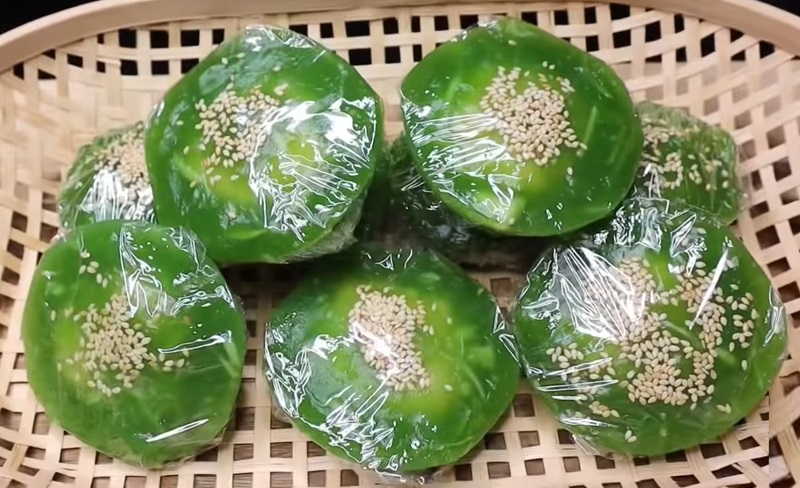
Bánh phu thê, also known as Vietnamese husband and wife cake, is a delightful dessert that originated in Vietnam. This petite cake is typically square-shaped, sized to fit in the palm of your hand, and elegantly wrapped in transparent cellophane sheets or occasionally in boxes crafted from coconut or banana leaves. Its vibrant green hue is adorned with a sprinkle of sesame seeds on top, revealing a delightful combination of yellow mung beans and coconut filling within. Sink your teeth into its enchanting layers, experiencing the perfect harmony of chewy skin, the satisfying crunch of coconut or papaya flakes, and the indulgent richness of the mung bean filling—simple yet magically delicious.
Bánh in
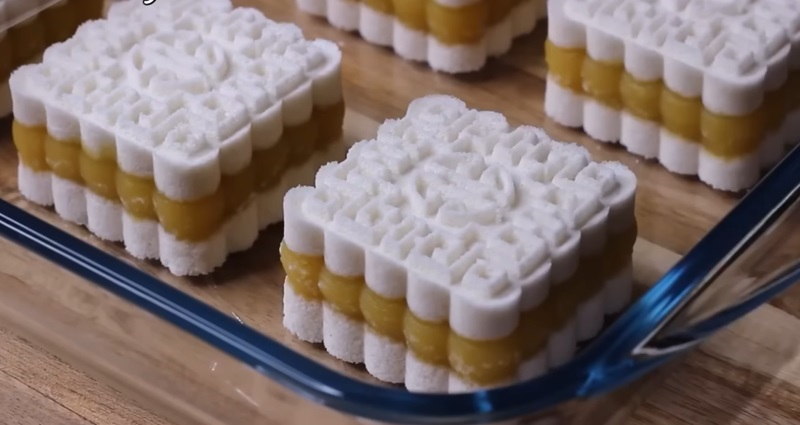
Bánh in, originating from the Huế region in Vietnam, is a traditional cake exchanged during Tết, the Lunar New Year. Often imprinted with auspicious Sino-Vietnamese characters like "thọ" symbolizing long life, these cakes have gained popularity beyond Vietnam and are now commonly available throughout the year in Asian grocery stores worldwide, usually in smaller rectangular snack packs. The key ingredients include mung beans, rice flour, and durian, creating a distinctive blend of flavors and textures in this celebrated Vietnamese delicacy.
Bánh dẻo
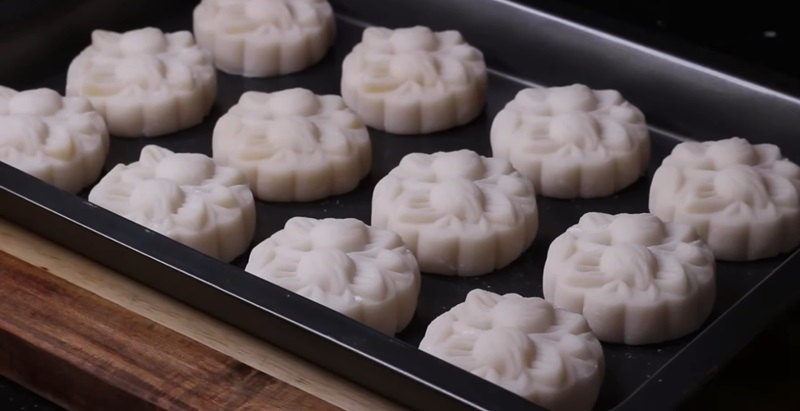
Bánh dẻo is characterized by its sticky and chewy texture, which is achieved by using glutinous rice flour as the main ingredient. The dough is typically rolled into small balls and then lightly coated in grated coconut, giving it a slightly sweet and nutty flavor. The most popular filling he traditional snow skin mooncakes is mixed nuts - any mooncake filling can be filled inside though. Bánh dẻo boasts a uniform white color, crisp surface patterns, and a chewy, resilient texture. The filling remains dry and adheres seamlessly to the shell, resulting in a finished product with a light, distinct aroma. Crafted from glutinous rice flour combined with sugar and fragrant grapefruit blossom water, the mixture is pressed into a circular mold, typically made of wood or plastic. Some find bánh dẻo easy to make as it doesn't necessitate baking or boiling sugar syrup, making it a convenient and delightful treat with its unique texture and fragrant essence.
Bánh cáy
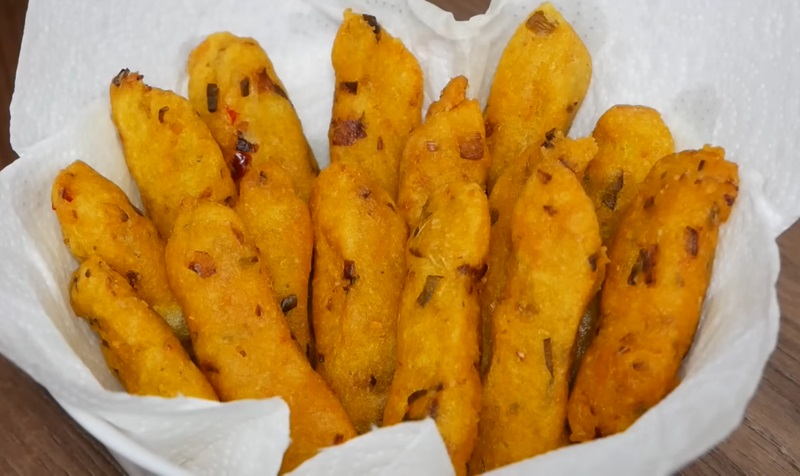
Bánh cáy is a distinctive Vietnamese cake hailing from the Thái Bình Province in northern Vietnam. Crafted from sugar, sticky rice, gardenia, carrots, sesame, lard, and mandarin orange peel, the ingredients are roasted, ground, and compacted into a square box. Its name is derived from the con cáy, a small crab native to northern Vietnam, whose eggs it resembles. Traditionally enjoyed with tea, this unique bánh cáy embodies the flavors and cultural richness of its regional origins, offering a delightful treat with its blend of ingredients and its connection to local aquatic life.
Bánh lá
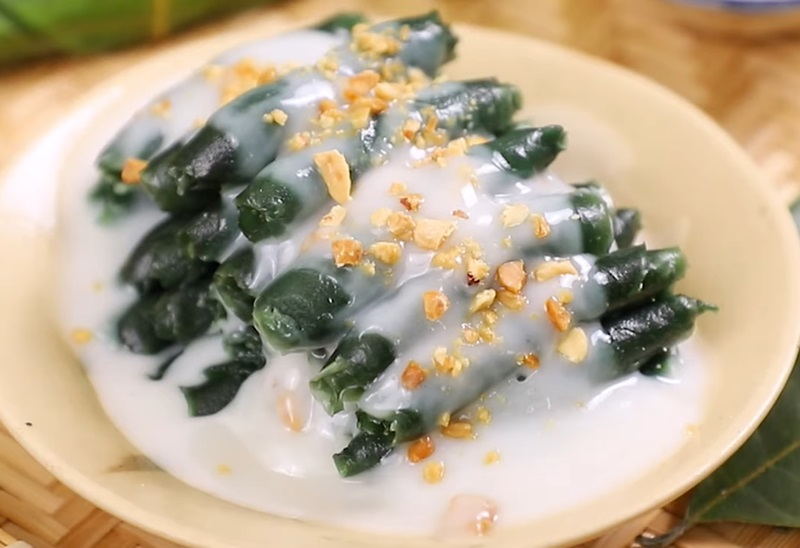
Bánh lá, translating to "leaf cake," is a type of Vietnamese delicacy crafted by enclosing various rice fillings in leaves before steaming. An example is Bánh Ít Lá Gai, a small cake enveloped in gai leaves. This treat offers a delightful blend of sweetness from sugar, spiciness from ginger, and a hint of bitterness from the gai leaf. The grassy aroma of the banana leaf further enhances its flavor profile. Another variation is Bánh lá răng bừa or bánh tẻ, a traditional dish celebrated for its simple ingredients and delicious taste. Crafting these leaf cakes involves using high-quality, chewy glutinous rice soaked in cold water and ground into a smooth, chewy batter after 2–3 hours.
Bánh lọt
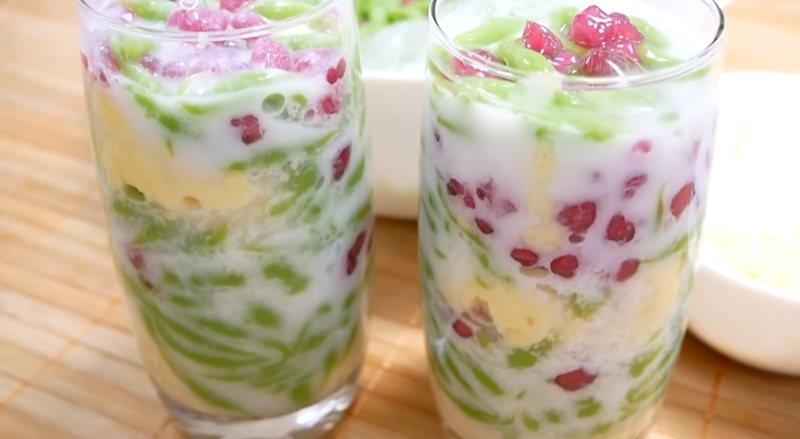
Bánh lọt is a delightful Vietnamese dessert that is loved for its delicate texture and refreshing flavor. This dessert consists of thin, translucent rice noodles that are skillfully hand-pulled and then steamed to perfection. The noodles are made from rice flour mixed with tapioca starch, resulting in a slightly chewy and silky-smooth texture. Once cooked, the rice noodles are served with a generous drizzle of sweetened coconut milk, which adds a creamy richness to the dish. The coconut milk is typically infused with pandan leaves, giving it a fragrant and aromatic twist. To add a touch of color and additional sweetness, a handful of toasted sesame seeds or crushed roasted peanuts are often sprinkled on top.
Bánh trôi
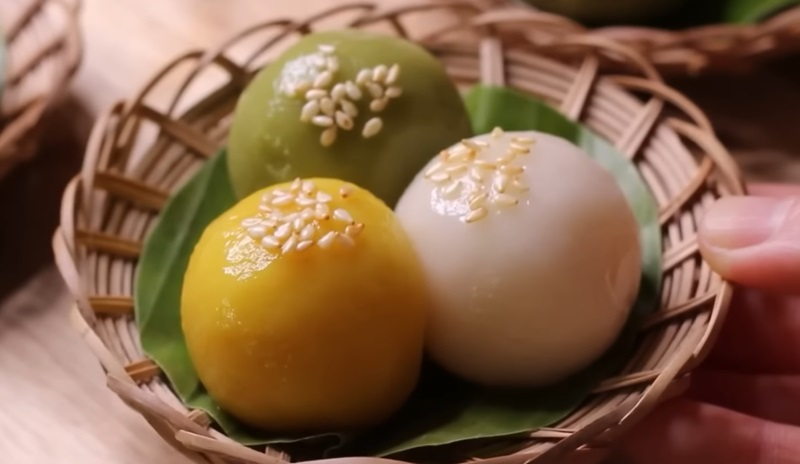
Bánh trôi is a delightful Vietnamese dessert that is sure to satisfy anyone's sweet tooth. These treats are known as "bánh trôi nước" in Vietnamese. "Bánh" translates to various flour-based items, "trôi" means float, and "nước" signifies water. Primarily crafted from glutinous rice flour, these sweets offer a pleasingly chewy texture akin to Japanese mochi. Their flavor profile is characterized by a beautiful, earthy richness, reminiscent of caramel but more intricate than processed sugar. The ingredients list includes water, brown sugar cubes, and sesame seeds, contributing to the unique and flavorful experience of these Vietnamese sweets.
Bánh mật
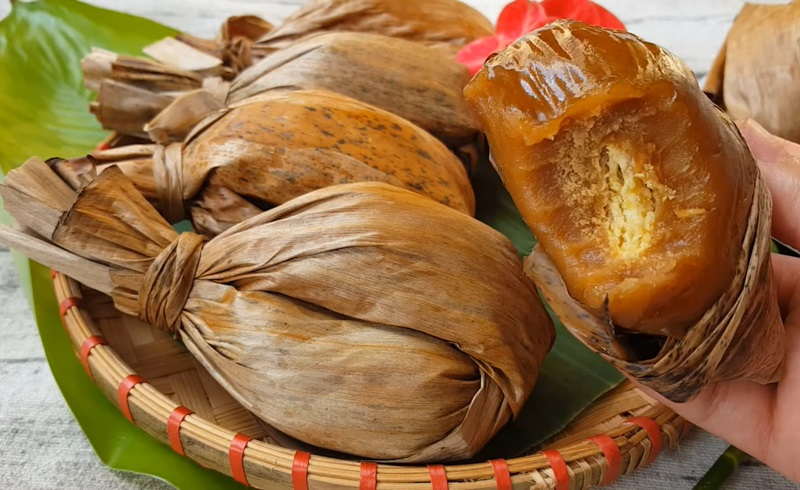
Bánh mật is a traditional Vietnamese dessert that is rich in flavor and texture. It is a unique sweet treat that combines the sweetness of honey with the creaminess of coconut milk and the nuttiness of sesame seeds. The dessert is made by cooking a mixture of sticky rice flour, honey, and coconut milk until it thickens into a smooth, sticky paste. This paste is then shaped into small bite-sized balls and rolled in toasted sesame seeds for added crunch and aroma. The sesame seeds not only provide a delightful contrast in texture, but they also enhance the overall taste of the dessert. Bánh mật is often enjoyed as a snack or a dessert, especially during special occasions and festivals. Its sweet and slightly nutty flavor, combined with the chewy texture of the sticky rice flour, makes it a favorite among locals and tourists alike. The dessert is best enjoyed when served warm, allowing the flavors to meld together and create a truly satisfying experience.


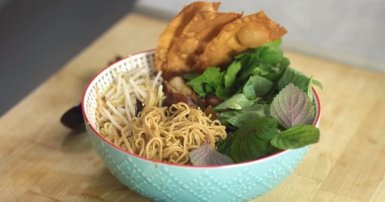
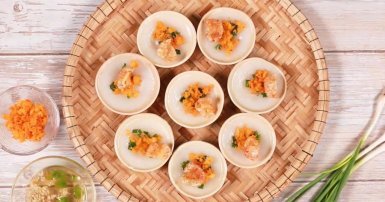
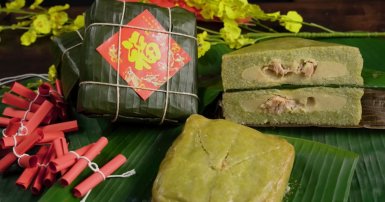

-1709813013.jpg)


